MC60 Mini Development Board Supporting Quad-band GSM/GPRS/GPS/GLONASS/QZSS/Bluetooth
Out of stock
- Multi navigation constellation: GPS/ GLONASS/ QZSS
- GNSS receiver channels: 99 acquisition/ 33 tracking channels
- Built-in LNA for better GNSS sensitivity (-167dBm@Tracking): able to use passive GNSS antenna without the need of any extra LNA
- Enhanced GNSS features: SDK command/ AIC/ LOCUS/ GLP
- GSM quad-band: 850/ 900/ 1800/ 1900MHz
- Multi internet protocols: TCP/ UDP/ PPP/ HTTP/ FTP/ SSL
- Support Voice, SMS, QuecFOTATM, DSSS, OpenCPU
- Support Bluetooth V3.0: SPP & HFP-AG profile
$ 11.9
Out of stock
CompareMC60 Mini Development Board Description
MC60 Mini Development Board (MiniDB) can greatly assist you in experimenting, testing, designing, and generally speeding up the learning and product design processes, freeing your mind from getting bogged down with peripheral technical issues. This development board is designed for the MC60 module from Quectel, allowing you to quickly set up the module and familiarize yourself with its capabilities. MC60 is a quad-band full-featured GSM/GPRS module in an LCC castellation package. It integrates GNSS for satellite navigation and delivers optimized SMS, data, and audio performance even in harsh environments.
MC60 Mini Development Board Features
- Quad-band GSM/GPRS support
- Integrated GNSS engine for satellite navigation
- Internet protocols: TCP, UDP, PPP, FTP, HTTP, SSL
- AlwaysLocate™ and GLP (GNSS Low Power) modes for accurate positioning with very low power consumption
- Built-in LNA for improved RF sensitivity and enhanced acquisition/tracking in weak-signal areas
- AT Commands: GSM 07.07, 07.05 and Enhanced AT Commands
MC60 Mini Development Board Specifications
- Cellular: Quad-band 2G (GSM/GPRS) based on latest 2G chipset
- GNSS: Integrated GNSS engine with EPO, QuecFastFix, EASY, AlwaysLocate™, GLP support
- Protocols: TCP, UDP, PPP, FTP, HTTP, SSL
- Power: Very-low power modes available (AlwaysLocate™, GLP)
- RF: Built-in LNA for improved sensitivity and performance
MC60 Mini Development Board Applications
Suitable for a wide range of M2M applications, including:
- Automotive and telematics
- Wearable devices
- Asset trackers and pet trackers
MC60 Mini Development Board Dimensions

Downloads
Based on 0 reviews
Be the first to review “MC60 Mini Development Board Supporting Quad-band GSM/GPRS/GPS/GLONASS/QZSS/Bluetooth”
You must be logged in to post a review.
| Cellular Category | Quad-band 2G (GSM/GPRS) based on latest 2G chipset |
|---|---|
| GNSS | Integrated GNSS engine with EPO, QuecFastFix, EASY, AlwaysLocate™, GLP support |
| Protocols | TCP, UDP, PPP, FTP, HTTP, SSL |
| RF | Built-in LNA for improved sensitivity and performance |


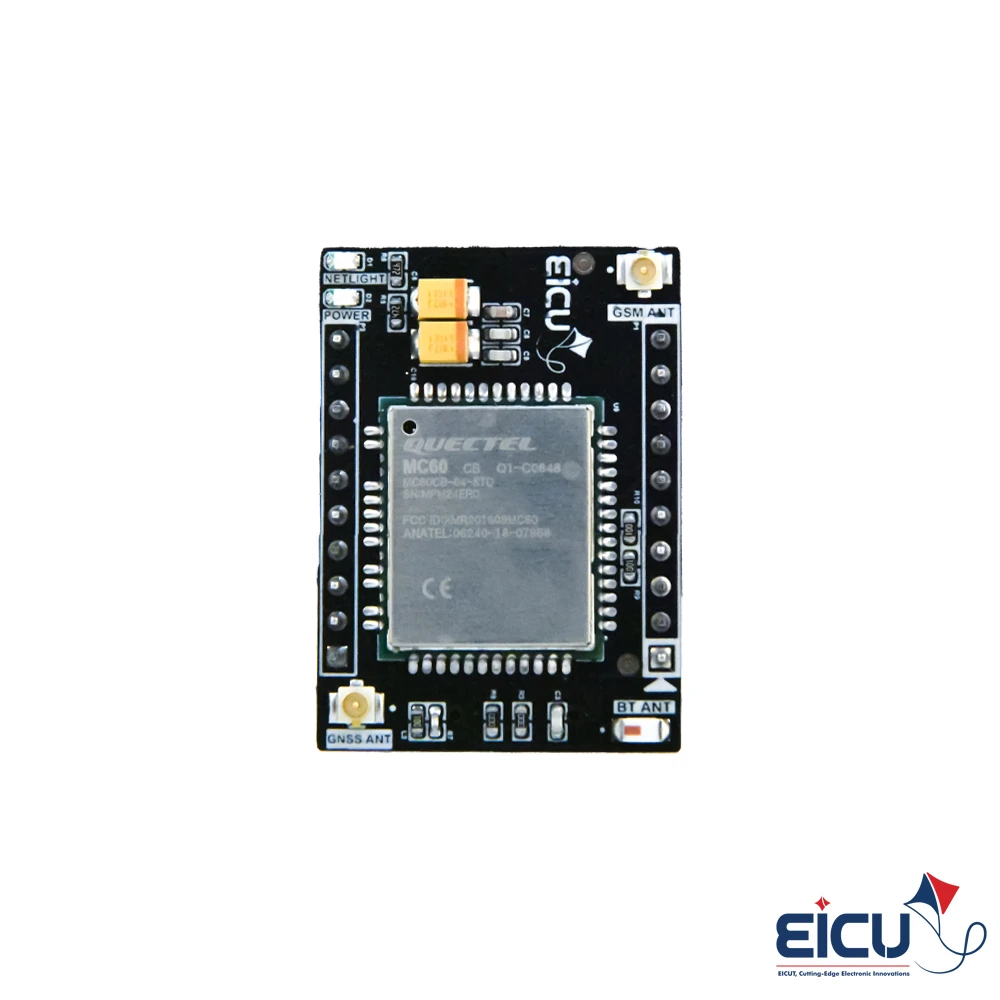
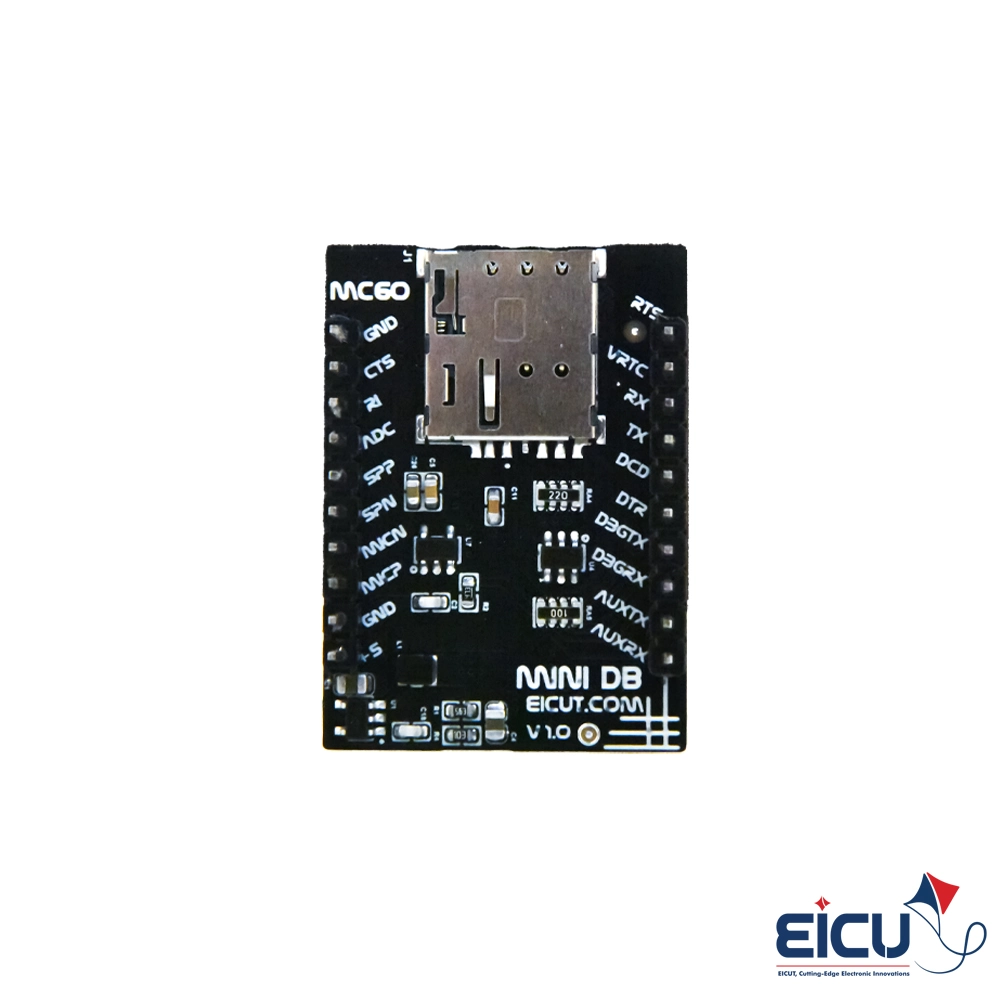
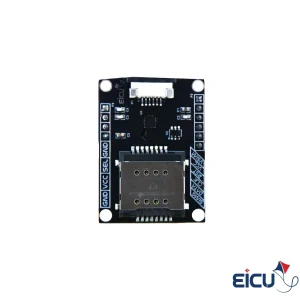
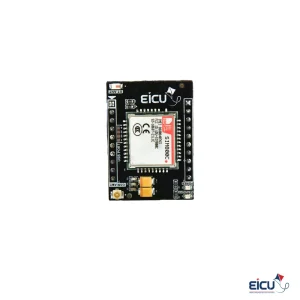
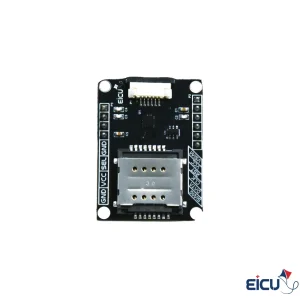
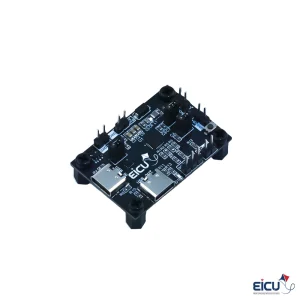
There are no reviews yet.